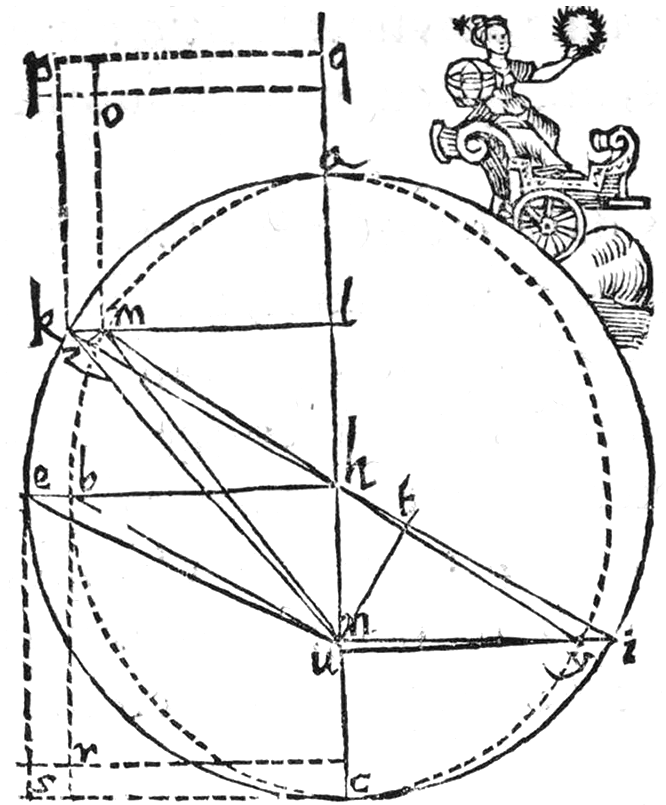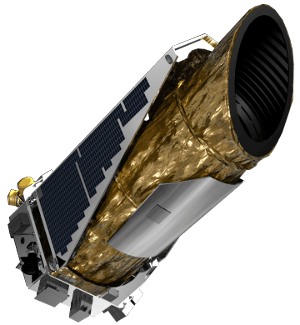For a curious person, there is nothing so exciting as to confront the unknown. You tilt your head, squint very hard, and with a rush of epiphany it all makes sense-- until suddenly it doesn't. By the time you've figured it all out, you've given half your life to the problem, travelled over most of a continent, and seriously annoyed your wife.

Near the dawn of the 17th century, the night's sky was a mystery partially-solved. Some heavenly bodies, like the stars and the moon, moved in regular annual or monthly patterns that, given sufficient observation time, you could work out with pen and paper-- or giant stone circles if megaliths are your thing.



